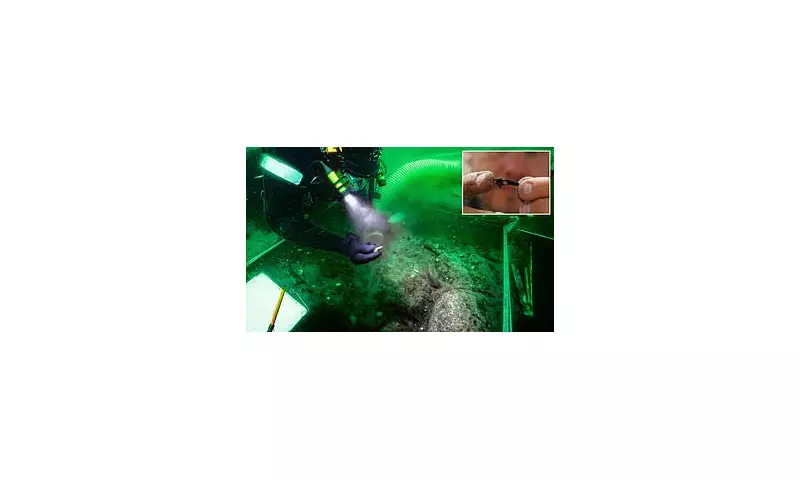
Marine archaeologists have made an extraordinary discovery beneath the waves of the Baltic Sea—a submerged Stone Age settlement that's being hailed as Denmark's very own Atlantis. This remarkable find is revolutionising our understanding of prehistoric life in Scandinavia.
A Window Into 7,000-Year-Old Coastal Life
The ancient site, located off the coast of Rodbyhavn on Lolland island, represents one of the most significant Stone Age discoveries in recent history. Preserved by the unique conditions of the Baltic Sea, the settlement offers an unprecedented glimpse into the daily lives of sophisticated hunter-gatherer communities that thrived during the Ertebølle culture period.
Dr Marcel Bradtmöller from the University of Rostock describes the find as "exceptional," noting that "such well-preserved sites from this period are extremely rare." The settlement appears to have been suddenly abandoned and submerged by rising sea levels around 5,000 BC, creating a perfect time capsule of Stone Age life.
Treasures From The Deep
Archaeologists have recovered an astonishing array of artefacts that reveal the complexity of Stone Age society:
- Perfectly preserved skulls of aurochs, the massive wild ancestors of modern cattle
- Intricately crafted bone and antler tools including fishing hooks and spears
- Evidence of sophisticated fishing techniques and marine resource exploitation
- Remains of dugout canoes that enabled coastal navigation and fishing
- Organic materials rarely surviving from this period, including wooden artefacts
Rising Seas That Preserved History
The settlement's remarkable preservation is due to a combination of geological factors. As the last Ice Age glaciers retreated, the landmass of Scandinavia began to rebound while southern areas like Denmark experienced relative sea-level rise. This created the perfect conditions for the site's submersion and preservation in the oxygen-poor sediments of the Baltic Sea.
Professor Jørn Harald Petersen from the Viking Ship Museum explains: "The Baltic's unique conditions have created an archaeological treasure trove. The low salinity and cold temperatures have preserved organic materials that would have decayed elsewhere."
Rewriting Prehistoric Narratives
This discovery challenges previous assumptions about Stone Age communities being simple, nomadic groups. The evidence suggests a settled coastal society with:
- Complex social structures and specialised tool production
- Advanced maritime technology and navigation skills
- Seasonal resource management and food storage practices
- Trade networks with neighbouring communities
The findings suggest these communities were far more sophisticated than previously believed, with a deep understanding of their marine environment and seasonal patterns.
Future Explorations And Research
Archaeologists are continuing their investigations using cutting-edge technology including 3D mapping and sediment analysis. The research team believes this is just the beginning of understanding the network of submerged settlements along Denmark's coastlines.
As climate change and erosion threaten coastal archaeological sites worldwide, this discovery highlights the urgent need for marine archaeology to document these vulnerable windows into our past before they are lost forever.
The Danish Stone Age Atlantis stands as a testament to human adaptability in the face of environmental change—a lesson from 7,000 years ago that resonates strongly in our modern era of rising sea levels and climate challenges.





